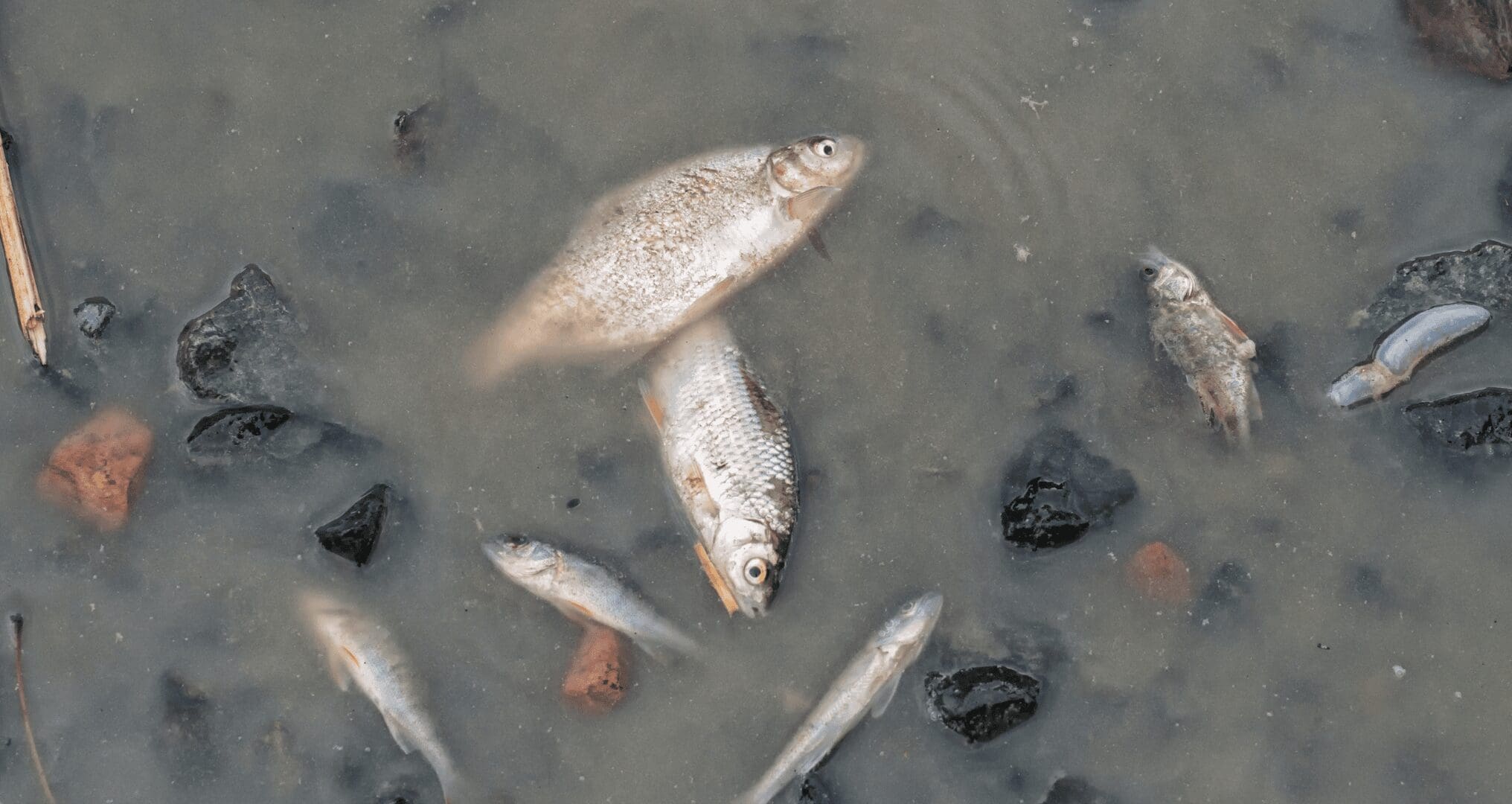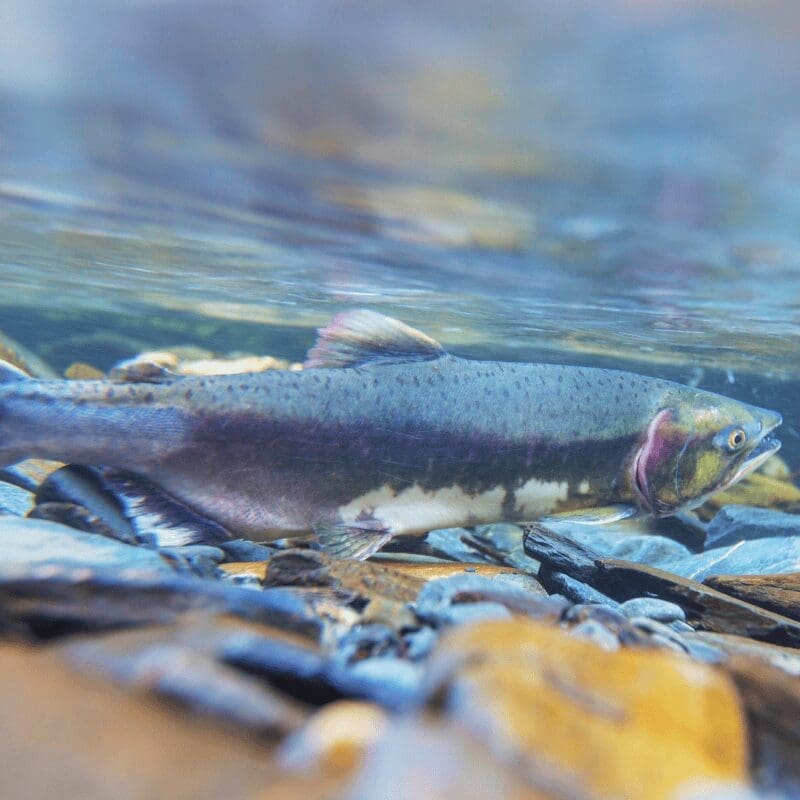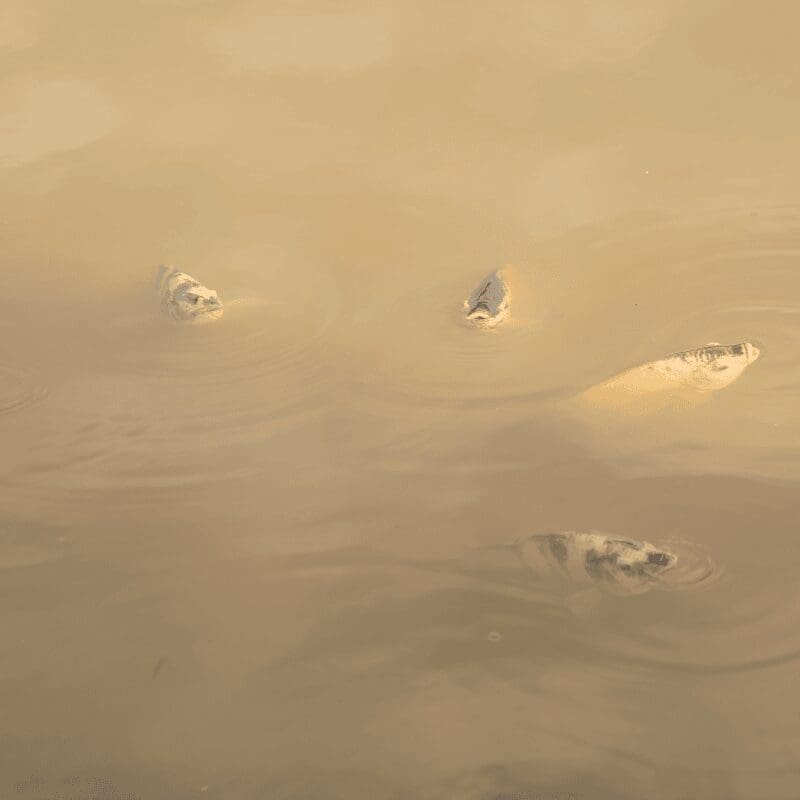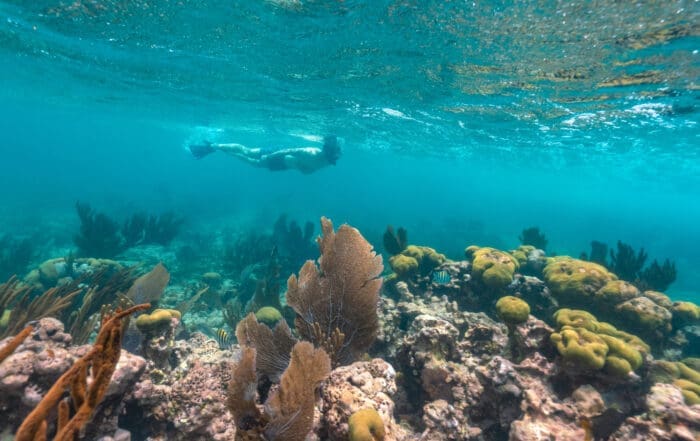
Why You Shouldn’t Eat Fish from a Polluted River
Nestled in the picturesque landscapes of Kent, WA, rivers and streams is an anglers’ paradise, with local residents often seen casting their lines in the hope of a fresh catch. Despite the serenity of these waters, they silently harbor a less visible threat: plastic pollution. Recent surveys have unveiled startling figures, where significant portions of Kent’s waterways show signs of contamination. Notably, plastic waste, a silent killer of marine life, pervades these ecosystems, causing substantial harm to fish populations.
As many as 1 in 3 Kent residents rely on these rivers for their fish—an alarming statistic considering the potential health risks. This paints a concerning picture for those who consume fish from these sources, emphasizing the need to address plastic pollution and reassess the safety of locally caught fish. And Artesian Bottleless Water is here to do just that.
Types of Fish Kent Locals Love to Eat
The rivers of Kent, WA, are home to a diverse array of fish species that locals delight in catching. Among the favorites are Rainbow Trout, known for their colorful shimmer and spirited fight when hooked—a true favorite among freshwater anglers. Equally prized are the Coho Salmon, which make seasonal runs through these waterways, offering both a challenging catch and a renowned, rich flavor when served at the dinner table. Not to be overlooked, the Large Mouth Bass also draws fishers with their impressive size and the promise of a satisfying meal. These species, among others, are central to the local fishing culture in Kent, WA, and provide not only recreational joy but also sustenance for many families. However, with the lurking threat of pollution, each catch comes with an increased concern for health and a need for vigilant consideration of what is brought to the plate.
The Perils of Consuming Polluted Fish
The notion that ‘you are what you eat’ holds remarkably true in the context of consuming fish from a polluted river. Pollutants in Kent’s waterways include heavy metals, pesticides, and industrial chemicals that can bioaccumulate within the fish, leading to severe health risks for anyone who consumes them. In particular, certain contaminants have been linked to developmental disorders in children, increased risk of cancer, and organ damage.
Understanding Bioaccumulation
Bioaccumulation refers to the process where toxins accumulate within the tissues of an organism at a rate greater than the organism can eliminate them. In the case of polluted rivers, predatory fish often end up with disproportionately high levels of contaminants as they consume smaller fish already laden with toxins. This means that by the time the fish reaches your plate, you could be eating a cocktail of dangerous substances that can’t be simply cooked or cleaned away.
The Impact on Human Health
The health risks from consuming fish that have bioaccumulated toxins are numerous and severe. Heavy metals like mercury and lead can cause neurological damage, particularly in the developing brains of fetuses and young children. Organic pollutants such as PCBs have been associated with a higher risk of cancer, impaired immune function, and reproductive issues. As a local, understanding these risks and sharing them with your community can help protect you and your neighbors.
The Double Jeopardy for Kent’s Salmon
The Coho Salmon of Kent’s rivers face a unique predicament that places them at double the risk of pollution. These remarkable fish split their lives between freshwater and the ocean, thus exposing themselves to a dual set of environmental pollutants. In their early years, they dwell in the rivers, potentially accumulating toxins from contaminated runoff and industrial waste. Later, as they migrate to the ocean, they enter a new realm of pollution hazards, such as oil spills, microplastics, and industrial chemicals released into the marine ecosystem.

Due to this lifestyle, by the time Coho Salmon return upstream to spawn, they may have bioaccumulated even higher levels of toxic substances compared to fish that spend their entire lives in freshwater. Consequently, this puts consumers at greater risk when they ingest salmon that has been exposed to pollutants in both habitats. It is critical for the community to recognize the amplified risks associated with consuming these fish and advocate for more stringent environmental protections in both freshwater and marine environments.
The Ripple Effect of River Pollution
The pollution of rivers does not occur in isolation; it has profound effects on the entire ecosystem. Beyond the fish that are directly consumed, there’s an entire network of aquatic life and plant species that are part of a delicate balance. When these living organisms are exposed to pollutants in their habitat, the consequences can be catastrophic.
Ecosystem Collapse
As pollutants make their way into the food chain, higher organisms—including those outside the aquatic ecosystem—may also be impacted. The decline in populations of certain fish due to widespread poisoning can have a broad-reaching effect, threatening species with extinction and causing imbalances in the ecosystem that are difficult, if not impossible, to reverse.
The Critical State of Our Rivers
Understanding the importance of river health is key to environmental advocacy. Rivers aren’t just conduits for runoff; they also play a critical role in cleansing water and supporting a diverse range of species. When pollution disrupts this natural function, it can lead to dead zones, areas where aquatic life cannot survive, and a decline in water quality that can affect communities downstream.

Community Action: Steps You Can Take
Local advocates in Kent and across the state have a unique ability to inspire change at a grassroots level. By taking action, you can raise awareness, pressure policymakers, and encourage your community to make better choices for the environment and their own health.
Raising Awareness
Raising awareness begins with education and community involvement. Residents can organize or participate in workshops and seminars aimed at informing the public about the dangers of consuming fish from polluted waters. Through the distribution of informative flyers and leveraging social media platforms, you can emphasize the importance of recognizing the source and safety of fish and seafood. In addition, community actions such as local river clean-up events not only serve to physically reduce pollution but also to visually underscore the issue to the public. This, combined with local restaurants and markets prioritizing the sale of sustainably sourced seafood, can make a large impact.
Keep Your Waterways Clean
Helping to protect your local waterways from plastic pollution can make a big impact, as well. And it all starts with individual actions that collectively contribute to the well-being of our aquatic ecosystems. One immediate step is to reduce single-use plastics, like water bottles and shopping bags, by switching to reusable alternatives. Secondly, you can participate in or organize community clean-up events near water bodies to physically remove litter before it can cause harm. Lastly, try to support policies and practices that aim to reduce plastic manufacturing and enhance recycling infrastructure, such as advocating for local plastic bans or improved waste management systems. These simple yet effective changes can lead to healthier rivers and, by extension, safer fish populations for consumption.

Alternative Solutions: Nourishing Your Body Without Harming the Environment
For those who rely on fish as a dietary staple, the idea of giving up this vital source of nutrition might seem daunting. However, there are alternative ways to enjoy seafood without contributing to the degradation of rivers and the environment.
In Kent, Washington, residents can engage in responsible seafood consumption by selecting products that are certified as sustainable and free from harmful pollutants. The Marine Stewardship Council (MSC) and Aquaculture Stewardship Council (ASC) offer certifications that help consumers identify seafood from sources that maintain high environmental and health standards. Furthermore, purchasing from reputable local markets known for their commitment to sustainability can also minimize the risk of chemical exposure. Residents can take this initiative a step further by supporting local aquaponics farms, where fish are raised in controlled environments that reduce the chance of contamination.
Take a Stand for Healthy Living
The interconnected nature of our ecosystem means that the same pollutants affecting our fish can compromise our drinking water sources, echoing the adage that we truly are what we eat—and drink. In Kent, WA, as in many communities across the United States, it’s imperative that businesses recognize their role in fostering a culture of health and sustainability, not just for the environment but for the well-being of their employees. Implementing measures to ensure access to safe, uncontaminated water at work is a proactive step in this direction.
To aid in this effort, Artesian Bottleless Water offers businesses a chance to experience the difference with a FREE 7-day trial of a bottleless water cooler. This initiative not only helps in reducing plastic waste, but also assures employees have access to pure and safe drinking water. Take a stand for health, for the environment, and for a sustainable future—contact Artesian Bottleless Water today and take the first step in making a lasting change.



